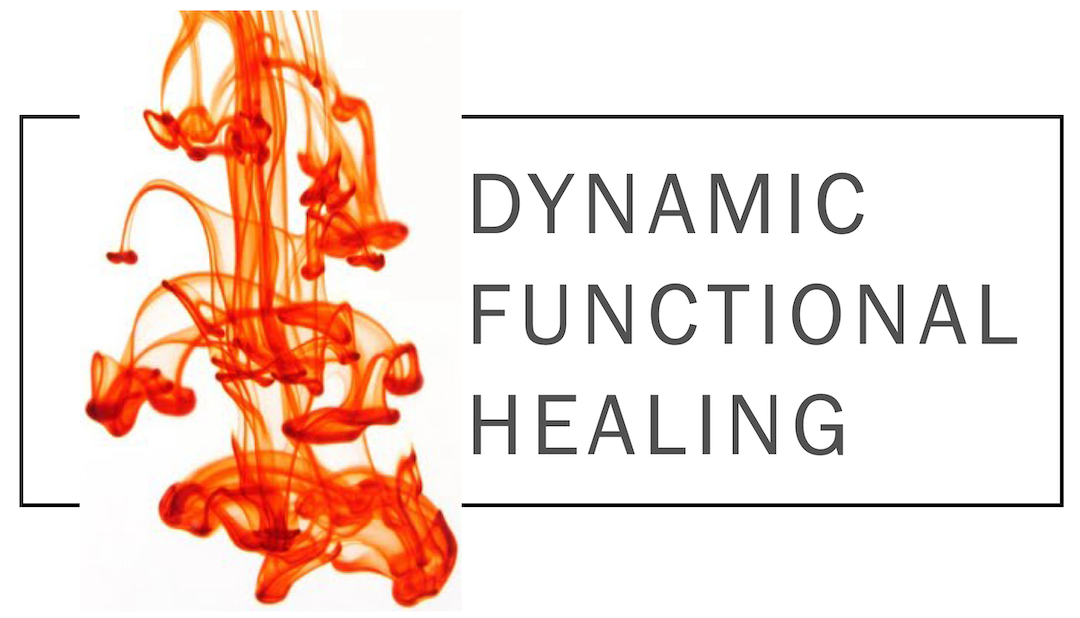Since sensory awareness drives motor control, promotes sensory integration and helps to develop relationship with one's body, I've been adding sensory awareness exercises to my Core & Pelvic Floor Workout classes these past couple weeks. It is a trend I will continue.
This past week my participants and I were noticing how very minute shifts in our position--pointing a foot or leaning--can elicit profound changes in sensory perception. When one has increased awareness one enhances one's ability to control those muscles and the surrounding structures. As Janet Hulme, PT, avers, "Even muscles you are not aware of being able to control, like the bladder, are affected when you change muscles you can control." Perhaps this can be one definition of the subconscious life, connecting the unconscious and supposedly uncontrollable with the conscious and controllable. In politics the Chinese call this approach 'using the back door'. In biology it's sometimes called neuroplasticity.
Try this:
Move ever so slowly to a sitting position, paying particular attention to how your sitz bones (ischia) are moving. You should notice that as you sit, your sitz bones are spreading, moving away from each other, until the moment before sitting. As you release the tension to let yourself give your weight to the chair, the sitz bones move toward each other slightly. Do it several times in attempt to feel it.
Squat down and perform a slow, side to side swing of your buttocks. Notice the pull you feel on your opposing sitz bone. In other words, when you are swinging to your right, you should feel a slight pull on your left sitz bone. When you swing to your left, you feel that pull on your right sitz bone.
These simple exercises, and others like them, can aid in restoring normal sensation and function, when practiced over time.
